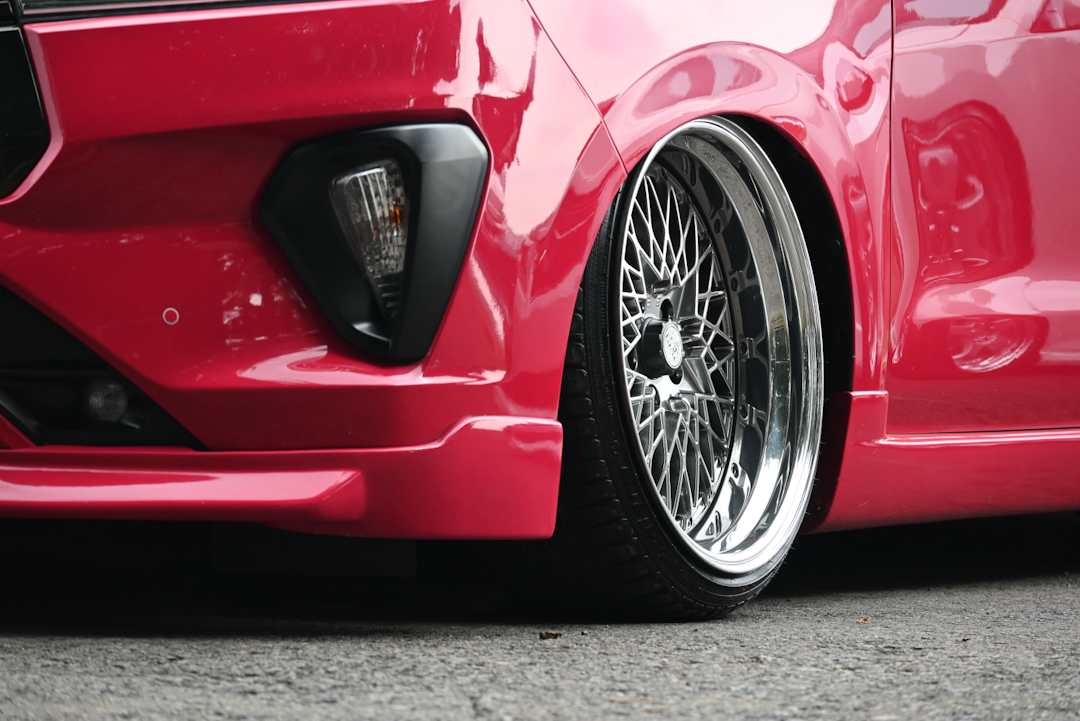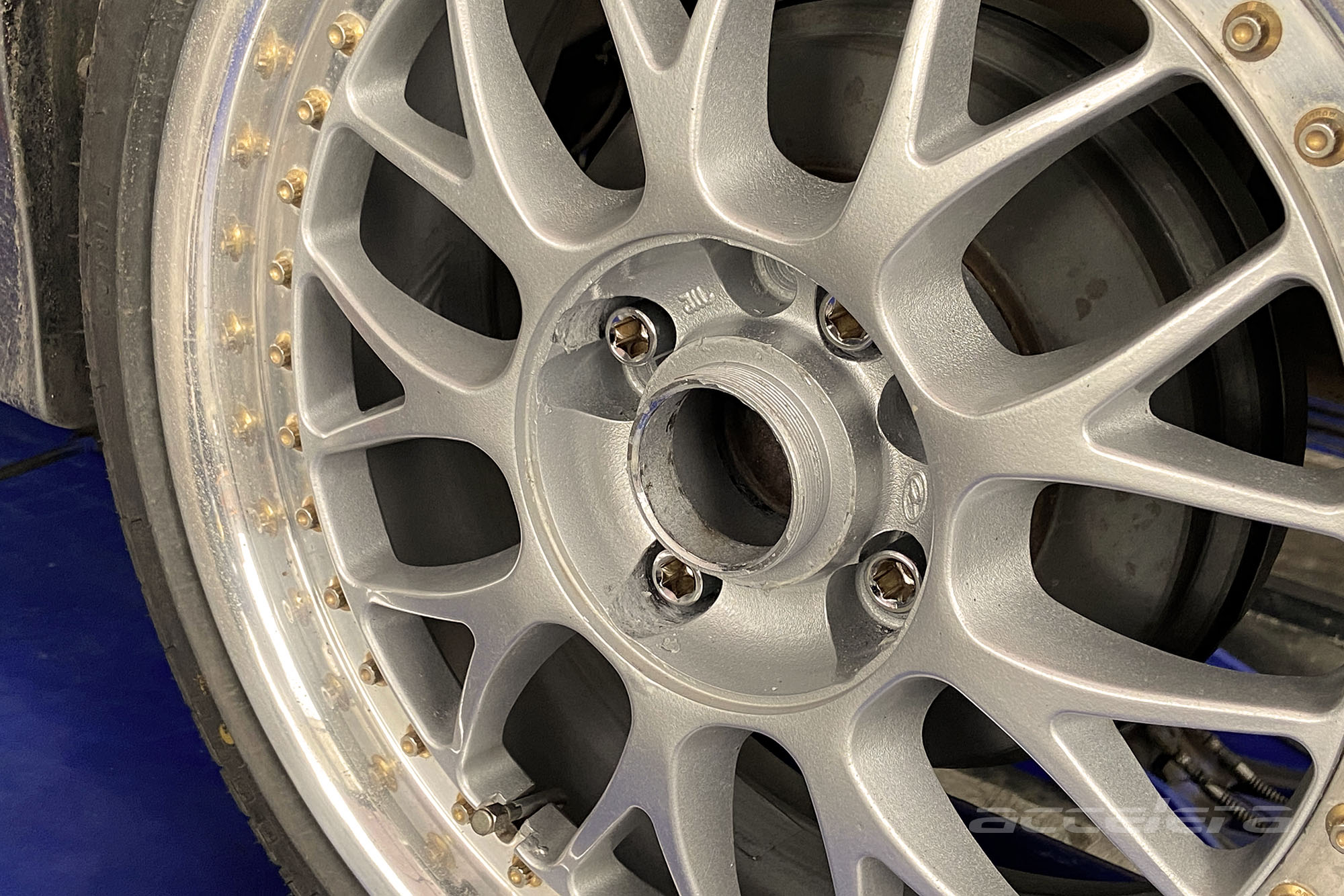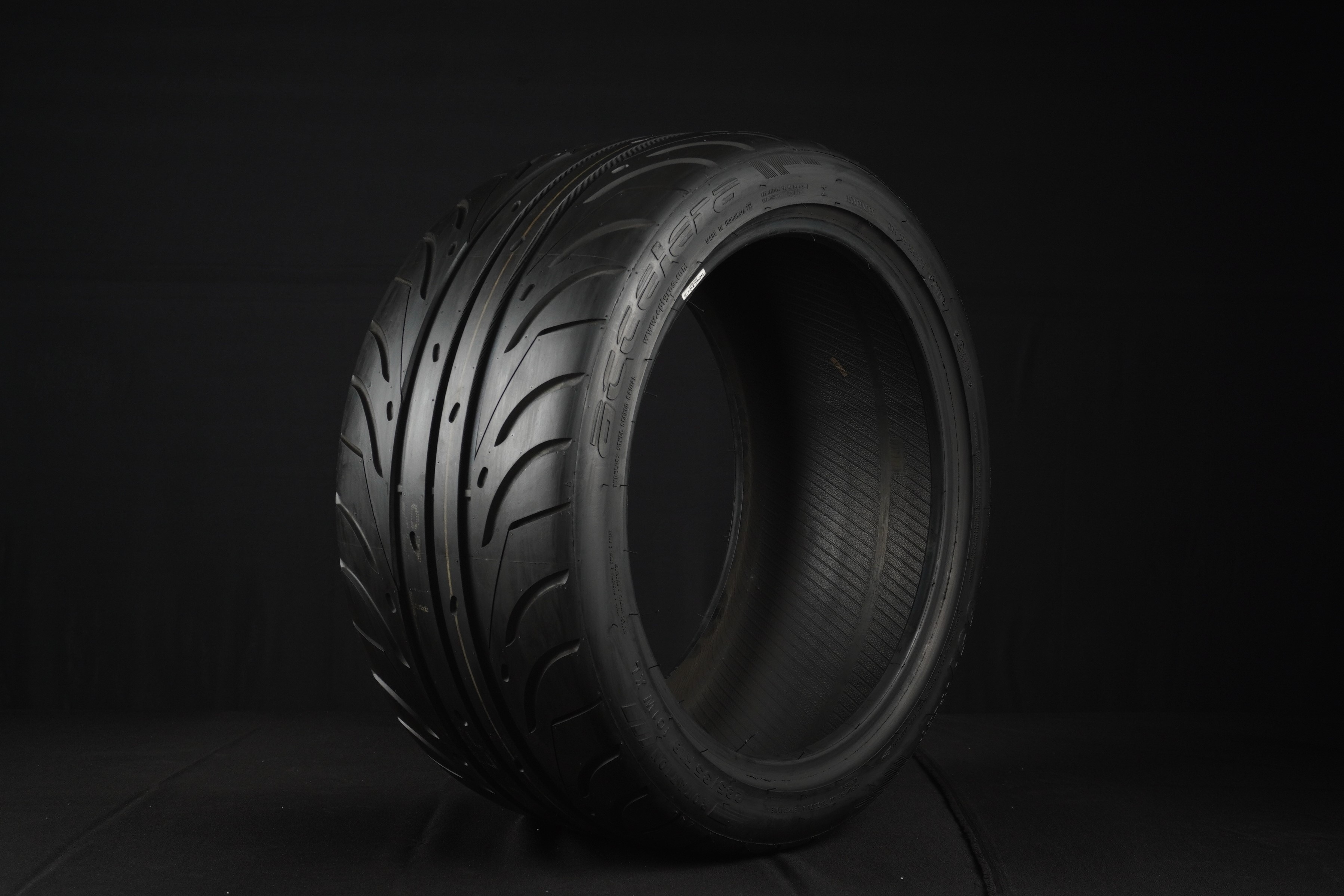Causes of Flat Tires When Parking Your Car in the Garage for a Long Time
Have you ever left your car in the garage for a long time, only to find that the tires are flat when you check them? Even though you haven't driven anywhere. This phenomenon is not unusual. There are several causes that can cause tires to lose pressure even when the vehicle is not being used for a long time.
1. Air in the Tires Slowly Escapes
Even though the car isn't moving, the air pressure inside the tires can decrease naturally. According to Gay-Lussac's law, air pressure in a closed space will change according to temperature.
So when the temperature drops, for example when the car is stored in a cold garage, the air pressure in the tires also decreases. Meanwhile, cars that are used frequently have more stable tire pressure because the temperature inside the tires is warmer due to wheel friction.
2. Extreme Temperature Changes
Ambient temperature also has a significant effect. Cold floor surfaces can cause air inside the tires to escape through small pores in the rubber. Conversely, if the car is parked in a hot place or exposed to direct sunlight, excessive heat can cause the tire rubber to crack.
In essence, extreme temperatures, whether cold or hot, cause tires to lose pressure easily.
3. Parking Position Also Affects Pressure
Not only temperature, but parking position also plays a role. Tires that are in contact with a hard, cold floor for too long can lose pressure more quickly. However, parking in a hot area is also not a solution because it can cause the tires to crack. The safest solution: place a mat or protector under the tires so that the rubber does not come into direct contact with the floor.
4. Cracks in the Tread
If the car is not used for too long, the tread can crack slightly due to constant pressure. Air slowly escapes from these cracks. Ideally, car tires should be replaced every 5-6 years or sooner if cracks are visible.
5. Poorly Sealed Patches
For those who have patched tires, this can also cause them to go flat. An imperfect patch can cause air to leak slowly without you noticing. This is especially true if the air pressure in the tire does not meet the manufacturer's standards.
The Impact of a Flat Tire for Too Long: The Emergence of a "Flat Spot"
If the car does not move for a long time, the weight of the car continues to press on the same part of the tire. As a result, a flat spot may appear—a part of the tire that becomes flattened.
Some flat spots disappear after the car is used again, but others are permanent and require the tire to be replaced sooner. So, flat tires are not only uncomfortable, but they can also damage the structure of the tire itself.
Tips to Keep Your Tires Healthy Even When Your Car Is Idle for a Long Time
To keep your tires in good condition even when your car is not driven for months, try the following steps:
1. Fill with Nitrogen
Nitrogen molecules are larger than regular air, so they do not easily escape through the pores of the tire. In addition, nitrogen pressure is more stable and can slow down the aging process of the rubber.
2. Check Air Pressure Regularly
Even if the car is rarely used, air pressure should still be checked periodically. Make sure it is in accordance with the manufacturer's recommendations. Pressure that is too low or too high will cause the tires to lose air quickly.
3. Use a Jack Stand
If the car will be stored for a long time, use a jack stand to reduce direct pressure on the tires. This method can prevent flat spots while keeping the pressure stable.
4. Use Tire Covers or Mats
Cover the tires with covers or mats so they don't come into direct contact with the cold floor. In addition, covers also protect tires from the sun's heat and extreme temperature changes.
Conclusion
Flat tires that aren't being used aren't necessarily a sign of a leak, but can be caused by temperature, natural air pressure, or parking position. The solution is simple: pay attention to where you park, fill with nitrogen, regularly check the pressure, and protect the tires from extreme temperatures. That way, your car will always be ready to go without any flat tire drama.
Indonesia 🇮🇩
Penyebab Ban Mobil Kempes Saat Lama Parkir di Garasi
Pernah nggak, mobil lama diam di garasi tapi pas dicek lagi ban sudah kempes? Padahal nggak pernah dipakai ke mana-mana. Fenomena ini ternyata bukan hal aneh. Ada beberapa penyebab yang bikin ban kehilangan tekanan meski kendaraan sedang “libur panjang”.
1. Udara Dalam Ban Pelan-Pelan Keluar Sendiri
Meski mobil nggak jalan, tekanan udara di dalam ban bisa berkurang secara alami. Sesuai hukum fisika (Gay-Lussac), tekanan udara di ruang tertutup akan berubah mengikuti suhu.
Jadi ketika suhu turun, misalnya saat mobil disimpan di garasi dingin, tekanan udara di ban ikut berkurang. Sementara mobil yang sering dipakai justru tekanan bannya lebih stabil karena suhu di dalam ban ikut hangat akibat gesekan roda.
2. Perubahan Suhu yang Ekstrem
Suhu lingkungan juga punya pengaruh besar. Permukaan lantai yang dingin bisa bikin udara di dalam ban keluar lewat pori-pori kecil karet. Sebaliknya, kalau mobil diparkir di tempat panas atau kena matahari langsung, panas berlebihan bisa menyebabkan karet ban retak.
Intinya, suhu ekstrem baik dingin maupun panas sama-sama bikin ban gampang kehilangan tekanan.
3. Posisi Parkir Juga Berpengaruh
Nggak cuma suhu, posisi parkir pun punya peran. Ban yang nempel di lantai keras dan dingin terlalu lama bisa kehilangan tekanan lebih cepat. Tapi, parkir di area panas juga bukan solusi karena bisa bikin ban pecah-pecah. Solusi paling aman: kasih alas atau pelindung di bawah ban supaya karet nggak bersentuhan langsung dengan lantai.
4. Retakan di Tapak Ban
Kalau mobil terlalu lama nggak dipakai, tapak ban bisa retak halus akibat tekanan yang sama terus-menerus. Dari retakan inilah udara pelan-pelan keluar. Idealnya, ban mobil diganti tiap 5–6 tahun atau lebih cepat kalau sudah kelihatan retak.
5. Tambalan Ban Kurang Rapat
Buat yang pernah nambal ban, ini juga bisa jadi biang kempes. Tambalan yang nggak sempurna bisa bikin udara bocor halus tanpa disadari. Apalagi kalau tekanan angin di dalam ban tidak sesuai standar pabrikan.
Efek Ban Kempes Terlalu Lama: Muncul “Flat Spot”
Kalau mobil lama nggak bergerak, berat mobil terus menekan bagian ban yang sama. Akibatnya bisa muncul flat spot—bagian ban yang jadi gepeng.
Ada flat spot yang bisa hilang setelah mobil dipakai lagi, tapi ada juga yang permanen dan bikin ban harus diganti lebih cepat. Jadi, ban kempes bukan cuma bikin nggak nyaman, tapi juga bisa merusak struktur ban itu sendiri.
Tips Biar Ban Tetap Sehat Meski Mobil Lama Nganggur
Supaya ban tetap fit meski mobil nggak jalan berbulan-bulan, coba beberapa langkah berikut ini:
1. Isi dengan Nitrogen
Molekul nitrogen lebih besar dibanding udara biasa, jadi nggak gampang keluar lewat pori-pori ban. Selain itu, tekanan nitrogen lebih stabil dan bisa memperlambat proses penuaan karet.
2. Rutin Cek Tekanan Udara
Walau mobil jarang dipakai, tekanan udara tetap harus dicek secara berkala. Pastikan sesuai dengan rekomendasi pabrikan. Tekanan terlalu rendah atau tinggi sama-sama bikin ban cepat kehilangan udara.
3. Gunakan Dongkrak Penyangga
Kalau mobil bakal disimpan lama, pakai dongkrak untuk mengurangi tekanan langsung pada ban. Cara ini bisa mencegah flat spot sekaligus menjaga tekanan tetap stabil.
4. Gunakan Penutup atau Alas Ban
Tutup ban dengan cover atau alas supaya nggak bersentuhan langsung dengan lantai dingin. Selain itu, penutup juga melindungi ban dari panas matahari dan perubahan suhu yang ekstrem.
Kesimpulan
Ban mobil yang kempes padahal nggak dipakai bukan tanda bocor, tapi bisa karena faktor suhu, tekanan udara alami, atau posisi parkir. Solusinya sederhana: perhatikan tempat parkir, isi nitrogen, rutin cek tekanan, dan lindungi ban dari suhu ekstrem. Dengan begitu, mobil bisa tetap siap jalan kapan pun tanpa drama ban kempes.






